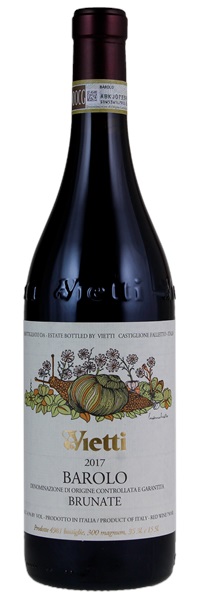
Beautiful, sweet fruit and perfumes on the nose with fresh flowers, such as roses. Full-bodied with fine, dusty tannins and a long, persistent finish. Very caressing. Builds on the palate at the end.
...aromas of licorice, dried currant, and cedar. Congruent on the palate with mineral-rich turned earth, there is a firmly built structure with balance.
...beautifully rich and fleshed out, with balanced fruit weight and inner structure...bouquet reveals tart cherry and cassis...also shows a more delicate side, with crushed flowers, dried violet and polished stone.
A ripe, fleshy style, offering plum, cherry, leather, menthol and iron aromas and flavors. Hints of rose and strawberry peek through as this builds to the long finish.
...a powerful, brooding wine. Huge dark fruit, leather, spice, menthol and dried herbs all build in a potent Barolo... Dark wild cherry, licorice, tar, menthol and spice take shape in the glass...
Supple cherry fruit that just manages to follow through on the finish. Sweet-sour cherry finish with grainy tannins.